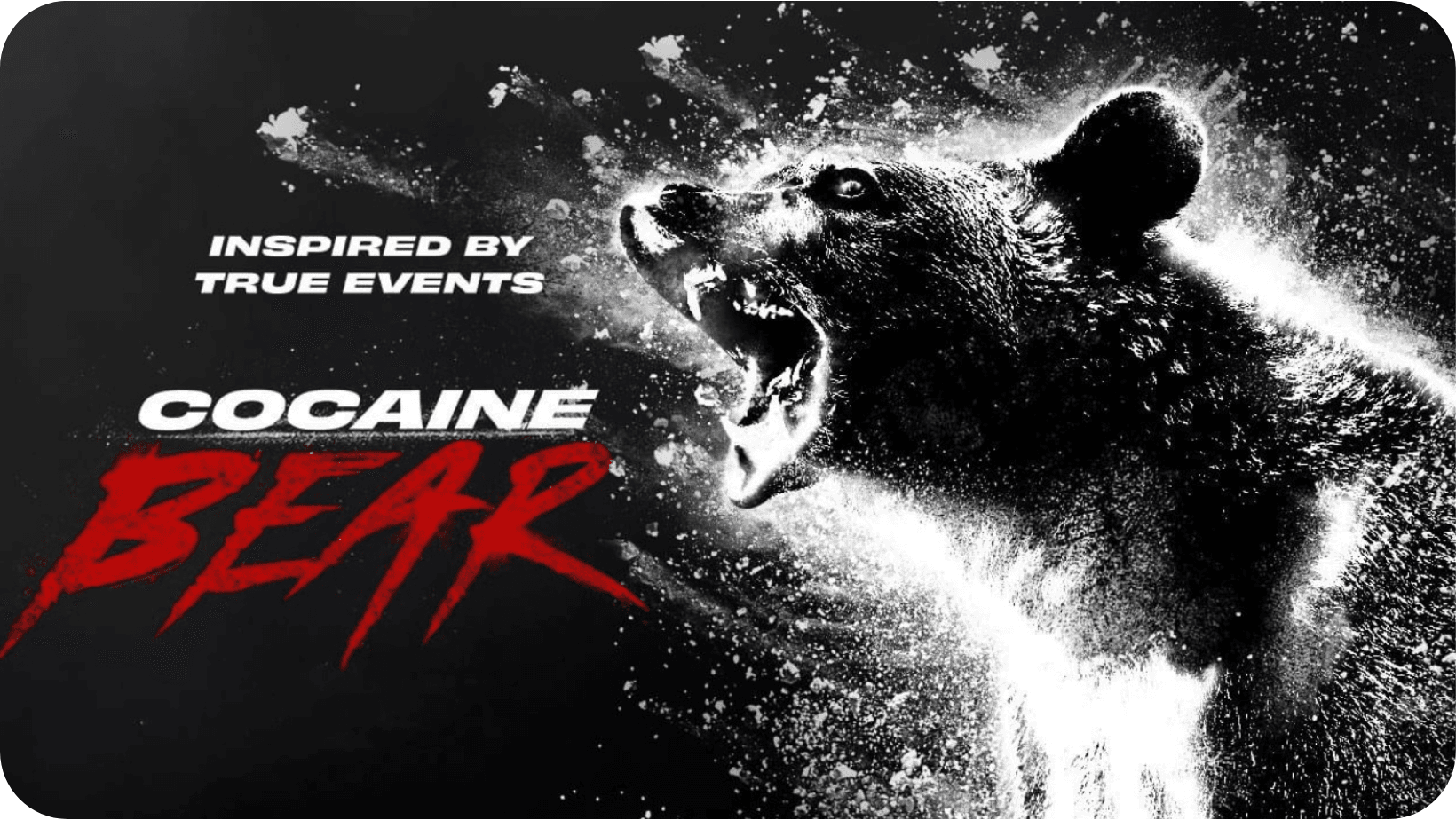Are film, TV, and social media complicit in animal cruelty?
From Flipper to Free Willy, Beethoven to Babe, generations have grown up watching animal characters on screen. But behind the scenes, there is a darker reality that many viewers are unaware of: the exploitation and abuse of animals in the entertainment industry.
According to the National Humane Education Society, animals in film and television are often subjected to injury, death, stress, neglect, and deprivation of their natural needs and behaviours. They are obtained from various sources, such as wildlife traders, zoos, circuses, or breeders, and are trained using harsh methods such as electric shocks, whips, or food deprivation.
Animals are forced to perform unnatural or dangerous acts, such as jumping through fire, fighting with other animals, or being exposed to loud noises or explosions. They are confined in small cages or trailers, transported long distances, exposed to different climates and environments, and often discarded or killed when they are no longer useful or profitable.
Animals are not props or commodities. They are sentient beings who deserve respect and compassion. They are not here for our entertainment.
‘No Animals Were Harmed’
American Humane is an organisation with the authority to monitor the use of animals in American-produced film and television productions. However, their oversight is limited. They do not have the power to stop or prevent animal cruelty, but only to report it. They do not monitor all productions, but only those that request their presence and pay for their services, and do not access all scenes involving animals, only those filmed in the United States. In the past, it has been reported that their ‘No Animals Were Harmed’ label was used even when animals have suffered. A tiger used in Life of Pi almost drowned on set but still received a ‘No Animals Were Harmed’ award from American Humane.

Kyle Loftus/Pexels
Off-screen harm
The use of animals in film and television also has negative impacts on animals off-screen. It can create false or misleading impressions of animals’ personalities, intelligence, emotions, and needs. It can encourage people to buy or adopt certain breeds or species of animals without considering their suitability. It can increase the demand for exotic or endangered animals as pets or trophies and contributes to the decline of wild animal populations and habitats.
The 1996 live-action adaptation of 101 Dalmatians revolves around Cruella’s obsession with making a coat out of the fur of Dalmatian puppies. The film used real dogs for some scenes and caused a surge in demand for Dalmatian puppies as pets, which led to many of them being abandoned or mistreated by irresponsible owners.
TV
Sometimes watching TV feels like we’re living in a dystopian nightmare, as modern shows continue to abuse animals for entertainment.
Since the show aired in 2002, I’m a Celebrity, Get Me Out of Here! has received thousands of viewer complaints and heavy campaigning from animal charities and wildlife experts, including Chris Packham, for animal cruelty and mindless exploitation. Although, after much public outcry, it stopped the celebs from eating live creatures, it continues to feature and harm them. 19,000 people supported the RSPCA’s Unhappy Campers: I'm a Celeb campaign in November 2022, and the fight continues.
The RSPCA reiterates, “Since I'm a Celebrity was first aired, animals have been dropped, thrown, handled roughly, crushed, chased, overcrowded, scared by contestants and prevented from escaping stressful experiences.”
The RSPCA reiterates, “Since I'm a Celebrity was first aired, animals have been dropped, thrown, handled roughly, crushed, chased, overcrowded, scared by contestants and prevented from escaping stressful experiences.”

ITV
CGI
CGI and special effects have advanced significantly where photorealistic animals are created, proving there is no need to use animals for entertainment. CGI is not new and entered Hollywood in the 1970s, being used in productions such as Westworld and the early Star Wars films.
Exotic animals have traditionally been exploited in cinema, whereby in the 1980s, there were around ten exotic animal companies in the Los Angeles area where studios procured animals for film. Now, due to the increase in CGI, there are two, and hopefully, this will become zero as more productions use technology to render animal characters.
Cocaine Bear used CGI bears, which not only stops the exploitation of bears but also allows more artistic autonomy when directing these characters. His Dark Materials used CGI and puppetry to bring magnitude and choreography to their bear character.
In a 2020 interview with Still Watching Netflix, Bridgerton’s Regé-Jean Page admitted that “a bunch of the horses in the series are fake.” The actors sat in carriages in a studio using greenscreens in the background, again, proving there is no need to use real animals.

Animals on social media
Between 2020 and 2021, The Social Media Animal Cruelty Coalition (SMACC) documented 5480 individual links to videos containing animal cruelty content on YouTube, Facebook, and TikTok.
Unfortunately, social media plays a part in the complicit exploitation of animals. If you engage with animal content, such as a video of a pet playing, the platform’s algorithms will likely feed you more animal content, which could result in animal cruelty videos disguised as animal rescue. There has been a growing trend of fake animal rescue content, including wild and exotic animals, whereby creatures are put into dangerous situations so that a rescue attempt can be captured.
Additionally, content whereby animals are made to perform or are in captivity is common viewing, and due to the sprawling nature of social media, it is difficult to monitor and control.
World Animal Protection urges users to help curb online cruelty with their five steps, including reporting any concerns to SMACC, and not watching or sharing content.
As consumers of entertainment media, we must be aware of the ethical issues involved in using animals for our amusement and question the sources and methods of obtaining and ‘training’ animals. At the very least, we can boycott productions that exploit or harm animals by not watching. Take to social media to voice our concerns and write complaints. We can support productions that use animatronics, CGI, or documentary footage of animals in their natural habitats.
For vegan-approved entertainment, we recommend these vegan podcasts and binge-worthy, cruelty-free vegan shows!
